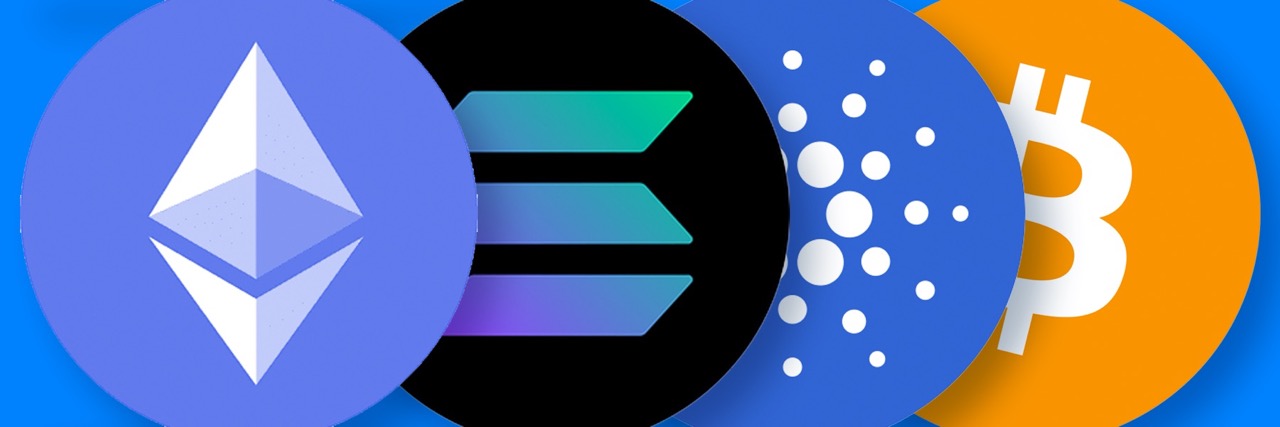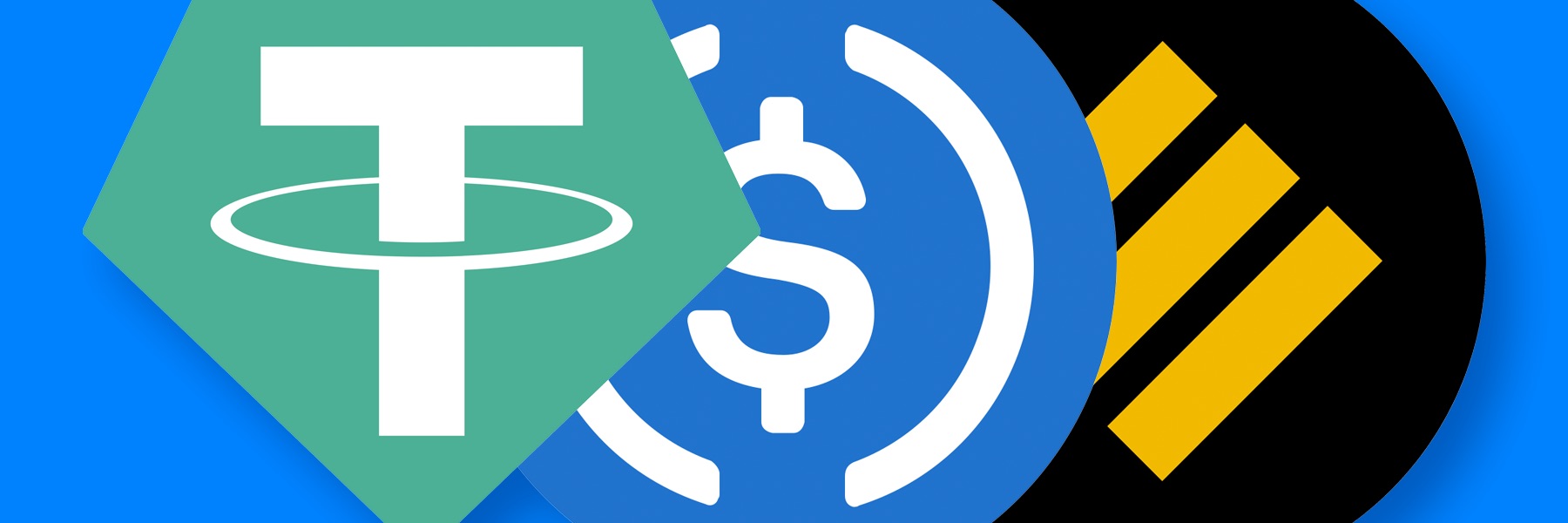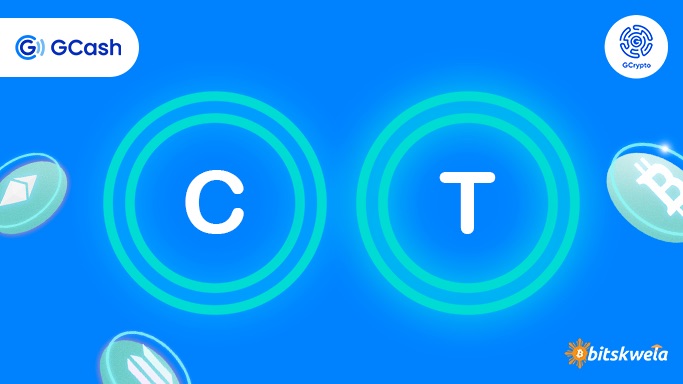What are Coins and the Different Types of Coins/Tokens?
Two types of cryptocurrencies are coins and tokens, with coins primarily used for payment while tokens are used for decentralized applications.
Key Things to Remember
- Cryptocurrencies are digital currencies secured by cryptography and use blockchain technology.
- Two types of cryptocurrencies are coins and tokens, with coins primarily used for payment while tokens are used for decentralized applications.
- Cryptocurrencies have unique purposes and use cases, such as Bitcoin, native coins, stablecoins, utility tokens, governance tokens, and privacy coins.
In the world of cryptocurrency, people are often talking about “coins” and “tokens.” What exactly are coins, and how do they differ from tokens?
Simply put, coins are the building blocks of cryptocurrency – they’re the digital assets that power the underlying blockchain technology of a cryptocurrency network. On the other hand, tokens are cryptocurrencies developed on top of blockchains, usually for specific utilities.
Understanding what coins and tokens are and how they work is a great starting point for anyone looking to get involved in this exciting new world. This article will explain cryptocurrency, blockchain, and the different types of coins and tokens that one might come across.

Cryptocurrency and Blockchain
To better understand the world of Web3, it’s important to understand cryptocurrency. Cryptocurrency is a digital currency secured by cryptography, which makes it difficult to hack and protects users from bad actors. The term combines “cryptography,” the practice of hiding information, and “currency,” a money system. Cryptocurrencies allow for secure money transfers between people.
Most cryptocurrencies use blockchain technology, an open and decentralized ledger not controlled by any one authority. Transactions are stored as blocks linked together and secured by cryptography, and once added to the chain, they cannot be changed. The decentralized nature of the blockchain makes it challenging for individuals to alter it for personal gain.

Coins and Tokens
So, what’s the difference between coins and tokens? Coins drive a blockchain’s economy, and it’s similar to what citizens in a country use every day. For the Bitcoin blockchain, this is $BTC, while for the Ethereum blockchain, this is $ETH, and so on. Coins are the payment method for their blockchain and are also spent when paying transaction fees. Like coins in real life, they are also a medium of exchange.
On the other hand, “Tokens” are used interchangeably with “coins,” but they are not completely the same. Tokens are made to power decentralized applications on already existing blockchains. Examples include the ERC-20 tokens for the Ethereum blockchain and the BEP-20 tokens for the BNB chain.They are used for utility, security, governance, and more. Tokens are simpler to create compared to coins because they can be minted without the need to create an entirely new blockchain.
Types of coins and tokens
Here are some examples of various coins and tokens that are known today.

Bitcoin
Bitcoin is the very first cryptocurrency coin created in 2008 by the pseudonym “Satoshi Nakamoto” as a direct response to the corruption in the financial system after the 2008 global financial crisis. It is meant to serve as a peer-to-peer, decentralized digital currency, which removes the need for intermediaries, like banks, to fulfill transactions. It also cannot be inflated since it has a set supply. Anyone can send Bitcoin to anyone worldwide nearly instantaneously, at a low cost, and without any third-party restrictions.

Native Coins
Native coins are cryptocurrencies developed and operating on their own blockchain network. For example, if a person wants to send an amount to another via the Ethereum blockchain, they do it using Ethereum’s native coin (ETH). Native coins are developed to power their blockchain, act as a medium of exchange, and are usually used to pay for transaction fees. Other examples of native coins include Bitcoin (BTC), Solana (SOL), and Cardano (ADA).

Stablecoins
Stablecoins were created to mimic real-life assets like fiat money and gold. They are designed to keep a stable value relative to their asset to function as a medium of exchange without volatility. Examples of stablecoins would be Tether (USDT), USD Coin (USDC), and Binance USD (BUSD).

Privacy coins
Privacy coins are coins meant to protect the privacy of their user. They keep their users anonymous by deliberately obscuring the flow of transactions on their network, which makes it difficult to track who sent what and to whom they sent it. Some examples of privacy coins are Monero (XMR) and Zcash (ZEC).

Utility tokens
Utility tokens are designed to serve a specific use case for a particular smart contract/ecosystem. They grant users access to special products/services depending on what they are made for. One example would be gaming tokens such as Smooth Love Potion (SLP) and Vigorus (VIS) which are awarded to players and allow them to buy specific in-game items for their crypto game. There are many more possible use cases for utility tokens.

Governance token
A governance token is a special type of utility token that gives its users voting rights on the direction of its project. Users with governance tokens can accept or reject proposed changes of developers on the smart contract of their decentralized application, or dApp. This is similar to traditional finance, where investors with a huge amount of shares can vote on the direction of a company. Curve Dao (CRV) and Uniswap (UNI) are examples of governance tokens.
All in all, the world of cryptocurrencies is vast and constantly evolving, with new projects emerging all the time. Whether it’s Bitcoin, Ethereum, or the latest up-and-coming altcoin, taking the time to understand the different use cases and features of each coin or token will help in making more informed decisions in your crypto journey.

Powered by Bitskwela
Got more questions about Crypto and NFTs?
Check out our GCrypto Learning Hub to learn more!



